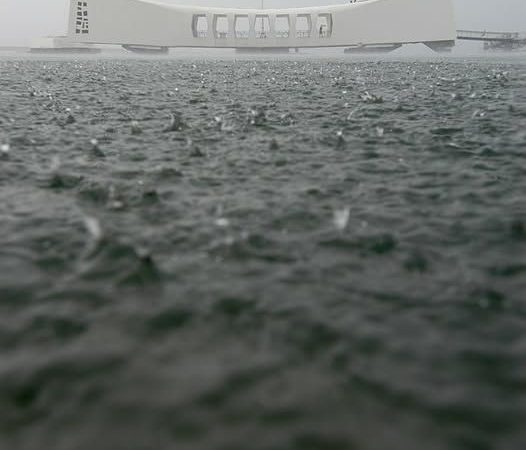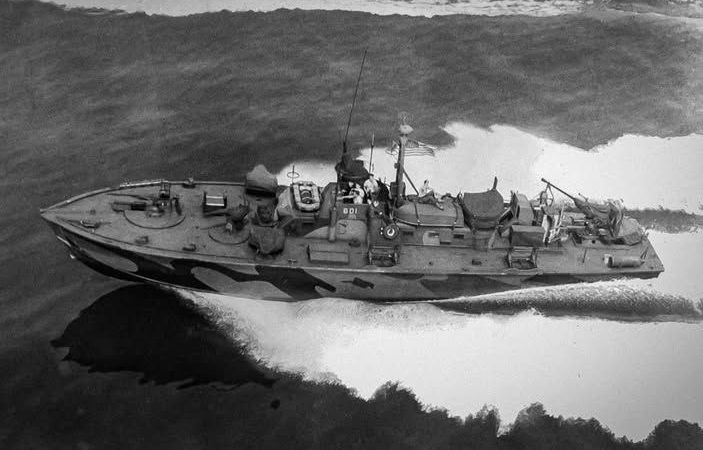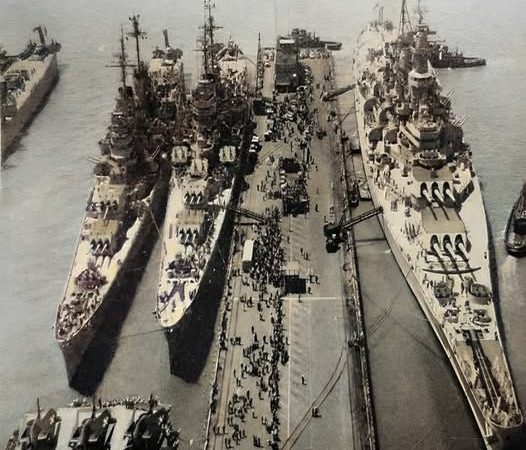USS California (BB-44): The Legacy of America’s Last Dreadnought
The USS California (BB-44), a Tennessee-class battleship, stands as one of the most distinguished American warships of the 20th century, with a legacy marked by both resilience and technological innovation. Built by the Mare Island Naval Shipyard in Vallejo, California, and launched in 1919, the California was the last American dreadnought constructed before the end of World War I, embodying both the pinnacle of dreadnought-era design and the transition to more modern battleships.

The California was designed with advanced capabilities that placed it among the most powerful naval vessels of its time. Unlike its predecessors, it featured state-of-the-art fire control systems, thicker armor plating, and a propulsion system that allowed for greater range and speed. It was also the first American battleship powered by electric drive, which was a significant technological advancement in ship design. With its formidable 14-inch guns, the California had the firepower and defensive features required for maritime dominance.

The ship’s resilience was tested on December 7, 1941, during the attack on Pearl Harbor. Moored at the harbor, the California suffered severe damage as it took multiple torpedo hits and bomb strikes, leading to its sinking in the shallow waters. Despite the devastation, the ship was salvaged, repaired, and extensively modernized, highlighting the determination of the U.S. Navy to restore and improve the fleet.

Following its resurrection, the California returned to service in the Pacific Theater, participating in major campaigns, including the Battle of Saipan, the Battle of Guam, and the Battle of Leyte Gulf. The ship’s role in these engagements underscored its importance as a heavily armed support vessel that could absorb damage and still contribute effectively to Allied efforts.

The USS California was decommissioned in 1947, and eventually sold for scrap in 1959, bringing an end to a career that spanned nearly three decades. Its legacy, however, endures as a testament to American naval engineering and the bravery of the men who served aboard her. The California not only represented the final era of dreadnoughts but also embodied the adaptability and resilience of the U.S. Navy during some of the most challenging periods in modern history.
Today, the story of the USS California is remembered as an example of the courage and ingenuity that characterized the American Pacific Fleet during World War II. The ship’s journey from an advanced pre-war battleship to a WWII powerhouse is a significant chapter in U.S. naval history, symbolizing both the end of the dreadnought era and the dawn of modern naval warfare.



